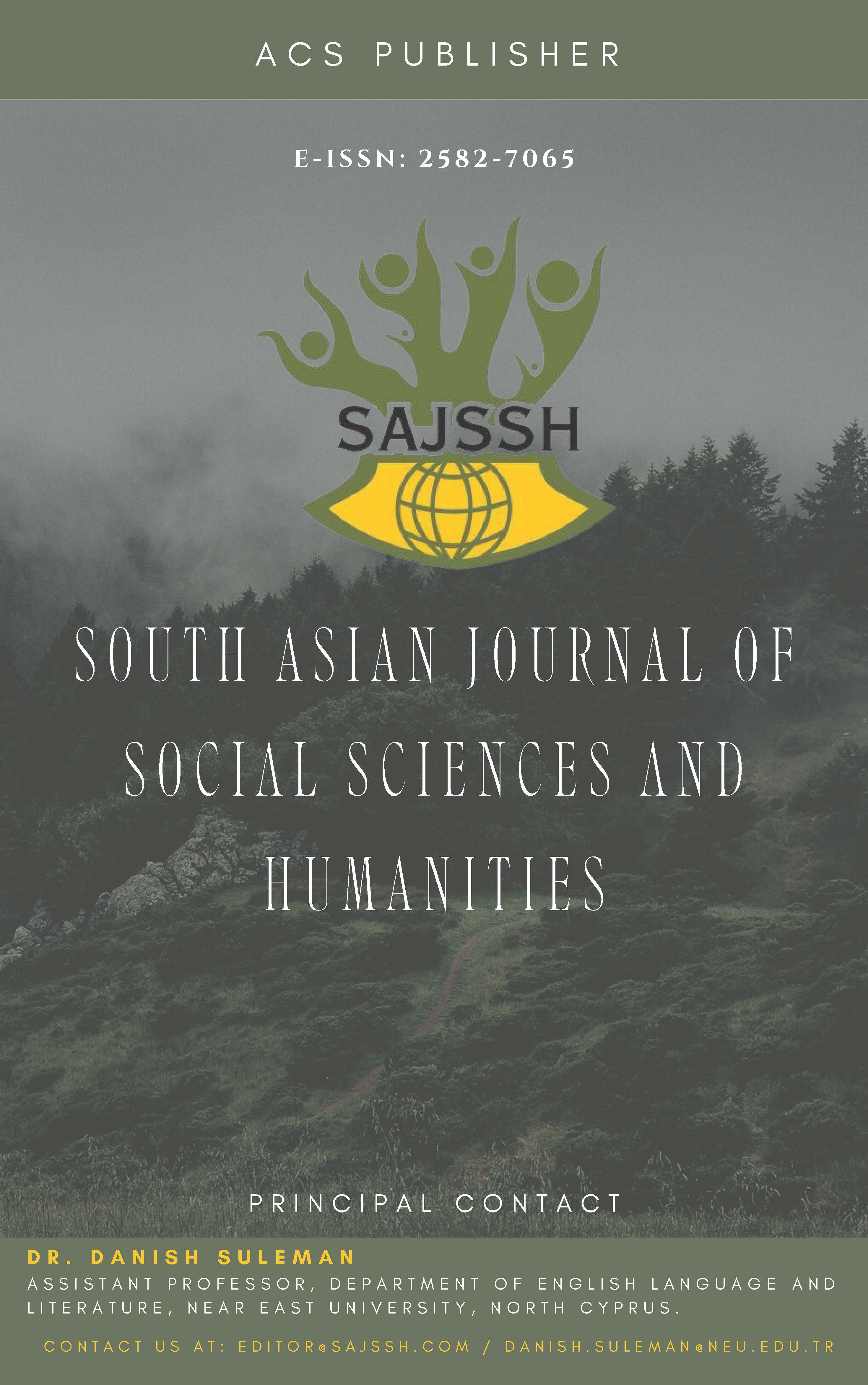Fact versus Fake: How Smart People are Losing Rationality during Infodemic
DOI:
https://doi.org/10.48165/sajssh.2021.2210Keywords:
Fake News, WhatsApp Group, Misinformation, COVID-19, Mal-informationAbstract
The present study is an attempt to understand the propagation of health-related fake news in India during COVID-19 pandemic in diversely distributed WhatsApp groups comprising uneven groups of members. Ten different WhatsApp groups were selected covering demographic and socio-economic profile and ten most important health-related fake news were studied. Different fake news circulation paths like forward, react, multi-forward, reference etc. were analyzed for different groups. It was observed that older generations - boomers were more susceptible towards fake news and they tended to distribute the fake news in different groups. Male boomers actively circulate pseudo-science information whereas female boomers distribute faith-based information in the WhatsApp group. Levels of education, social media influence or ignorance, technology access, age, gender and understanding played a major role in the distribution and propagation of fake information during times of COVID. It can be also inferred that easy availability of data and devices, lack of understanding of the game of social media and unscientific baggage of age-old beliefs were some factors for over -dependence and reliance on fake news.
References
Brennen, T. (2020, December 14). Research on Non-verbal Signs of Lies and Deceit: A Blind Alley. Retrieved from Frontiers in Psychology: https://www.frontiersin.org/articles/10.3389/fpsyg.2020.613410/full#B1
Croasmun, J. T. (2011). Using Likert-Type Scales in the Social Sciences. Journal of Adult Education, 19.
Keelery, S. (2020, July 7). Internet usage in India - statistics & facts. Retrieved from Statistica: https://www.statista.com/topics/2157/internet-usage-in
india/#:~:text=With%20over%20560%20million%20internet,million%20internet%20 users%20the%20country.
Sengupta, S. (2020, April 7). How To Stir Confusion Amidst a Pandemic: COVID-19 and Misinformation on WhatsApp. Retrieved from EPW Engage: https://www.epw.in/engage/article/how-stir-confusion-amidst-pandemic-covid-19-and
Sule, A. (2020, June 20). COVID-19 and Infectious Misinformation. Retrieved from Economic and Political weekly: https://www.epw.in/journal/2020/24/commentary/covid-19-and infectious-misinformation.html
WHO. (2020). mmunizing the public against misinformation. Geneva: World Health Organization.
Downloads
Published
Issue
Section
License
Copyright (c) 2022 South Asian Journal of Social Science and Humanities

This work is licensed under a Creative Commons Attribution 4.0 International License.





